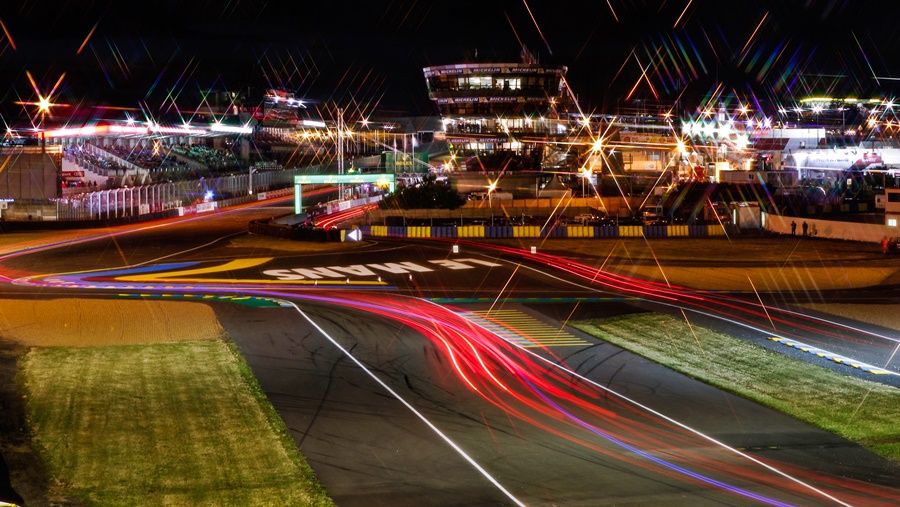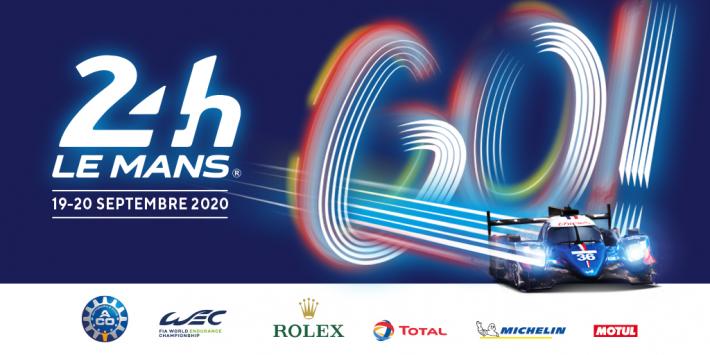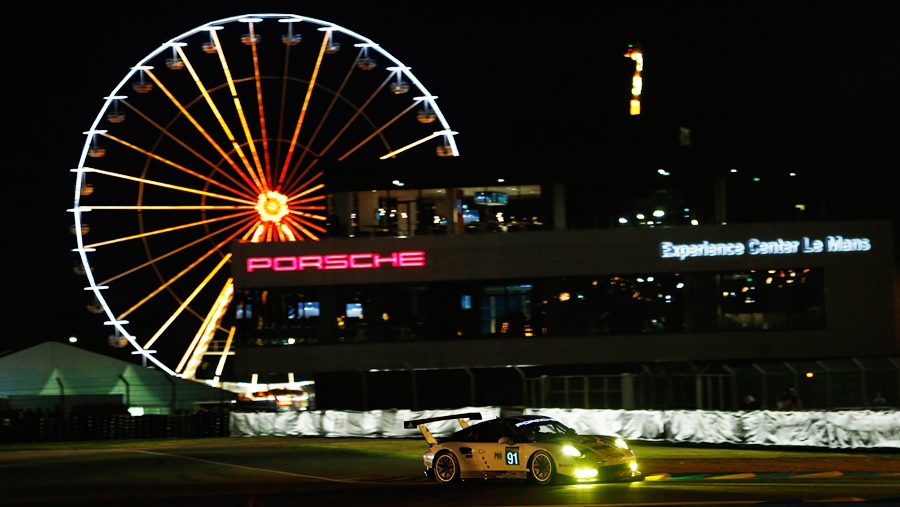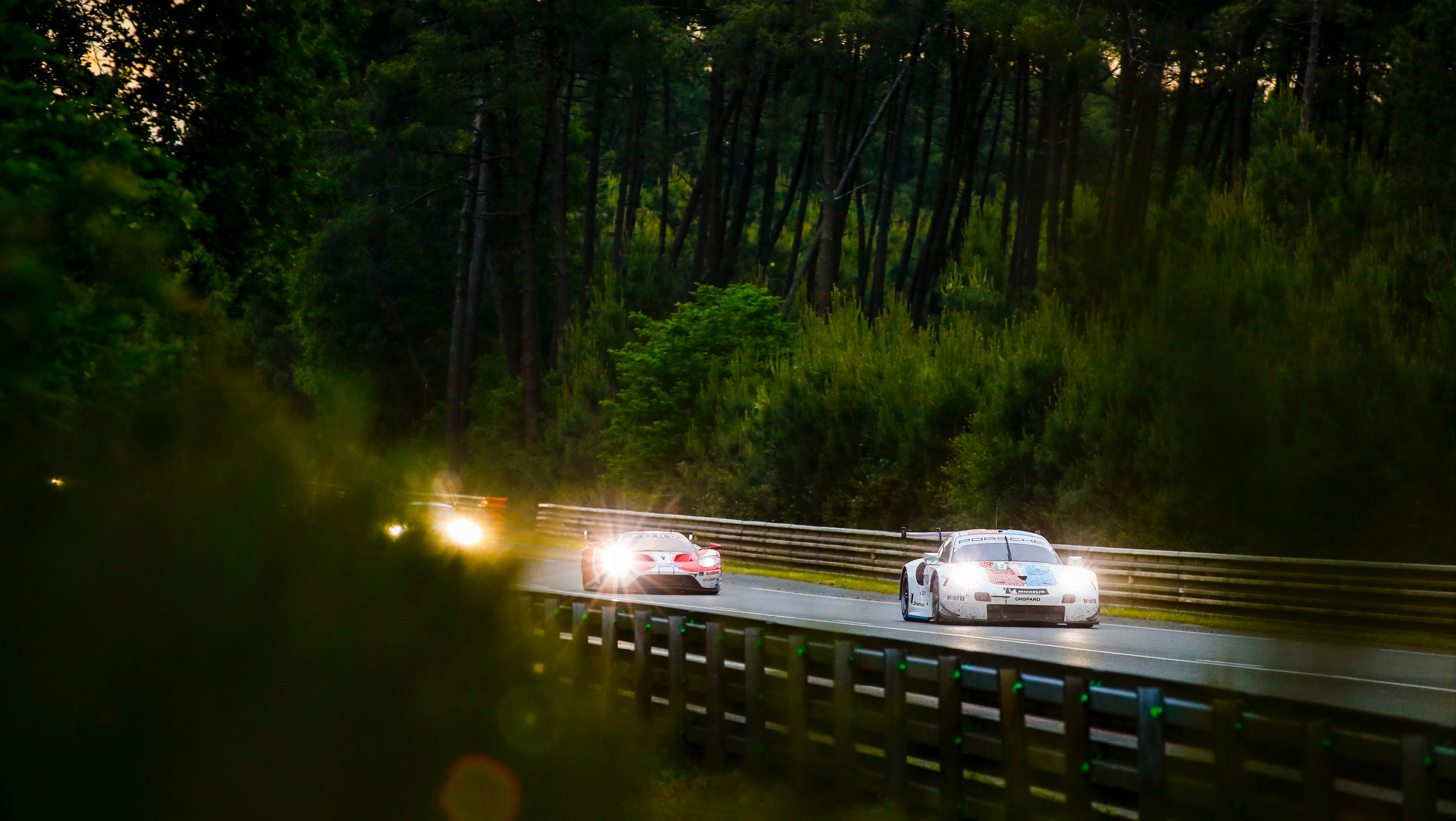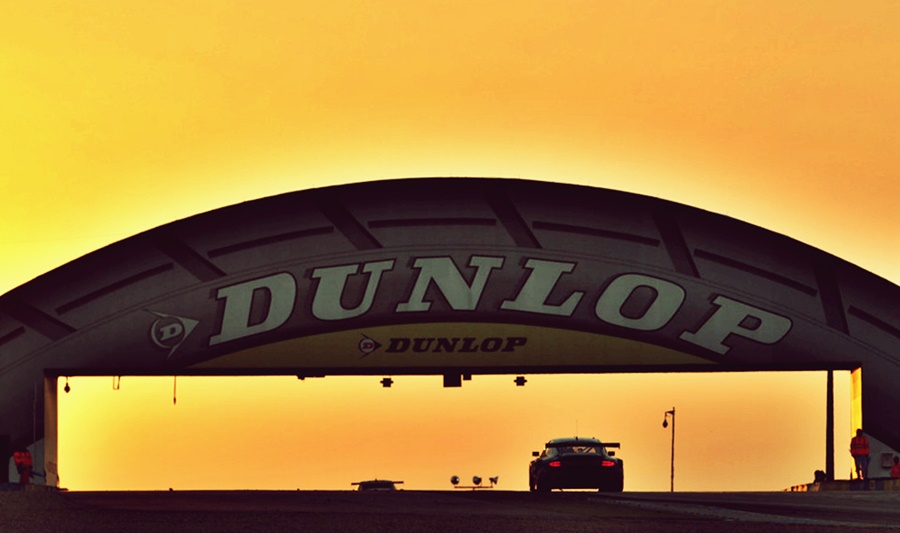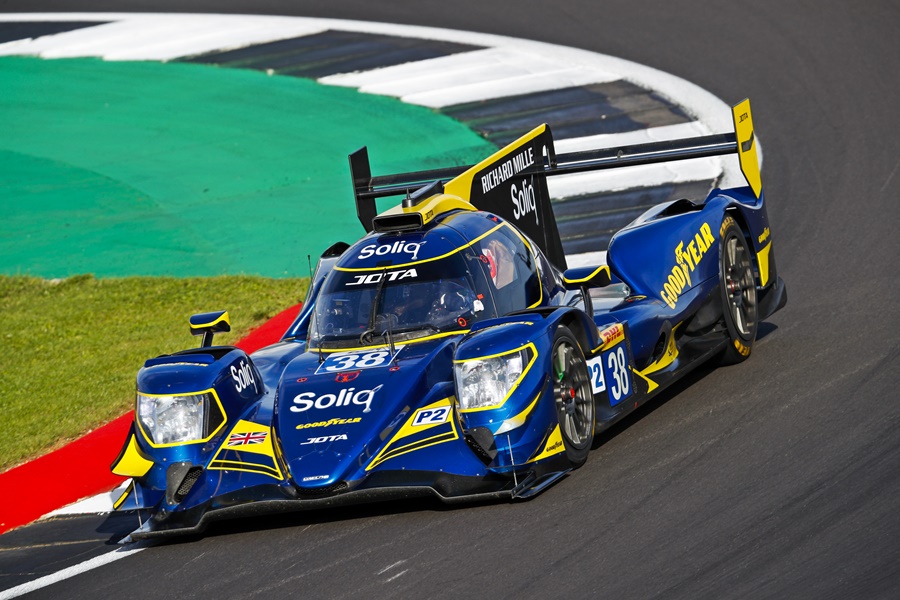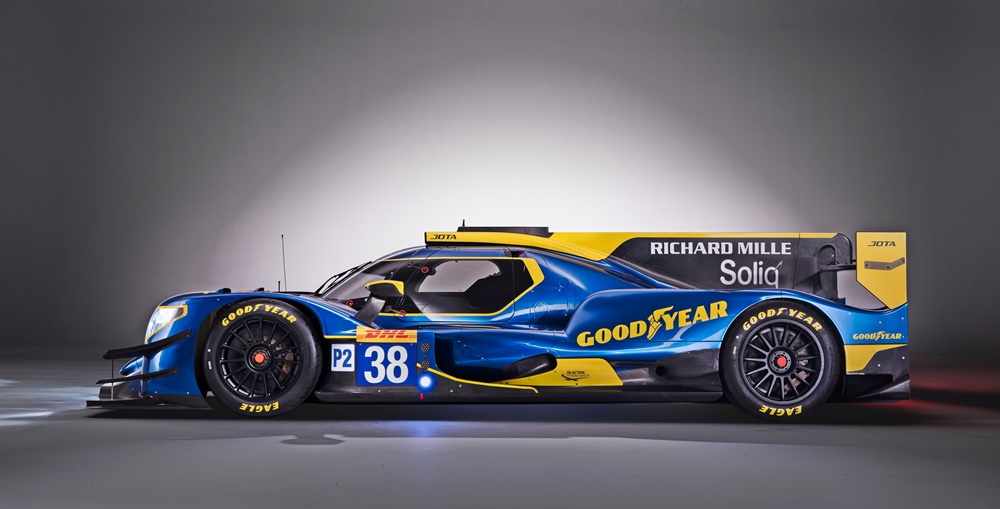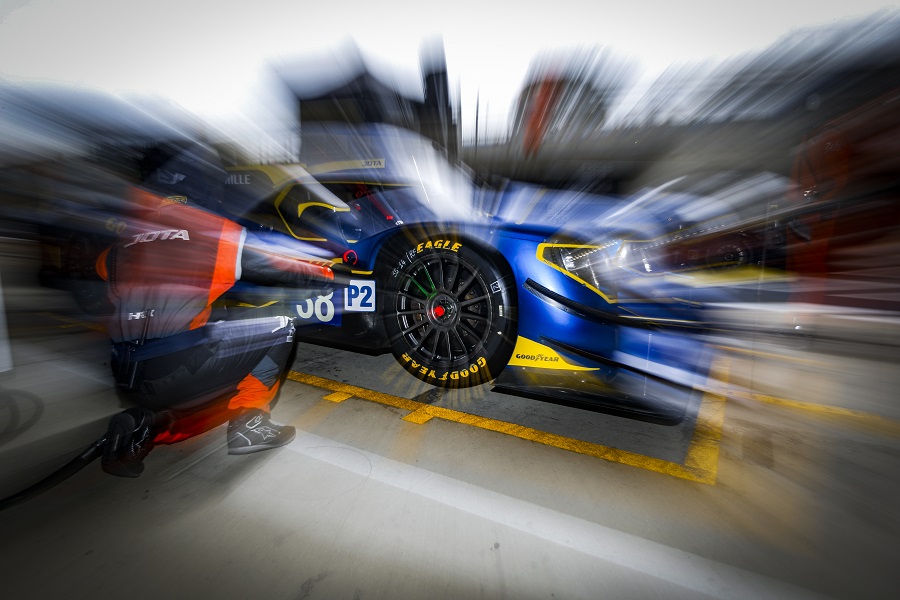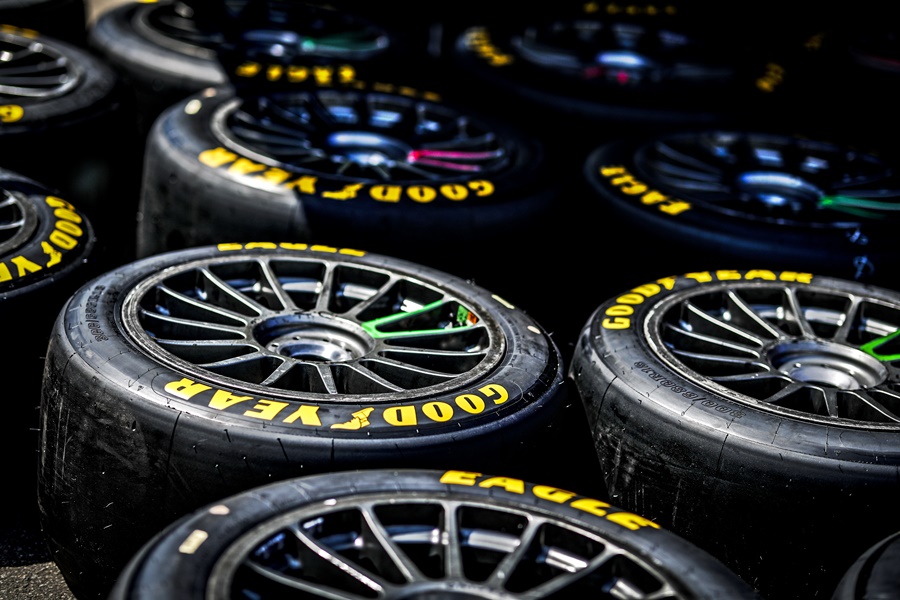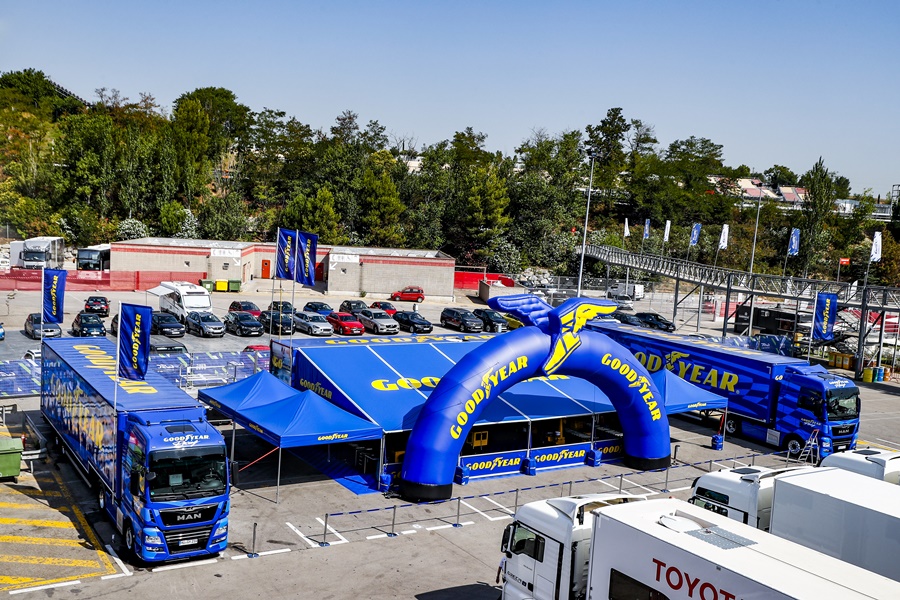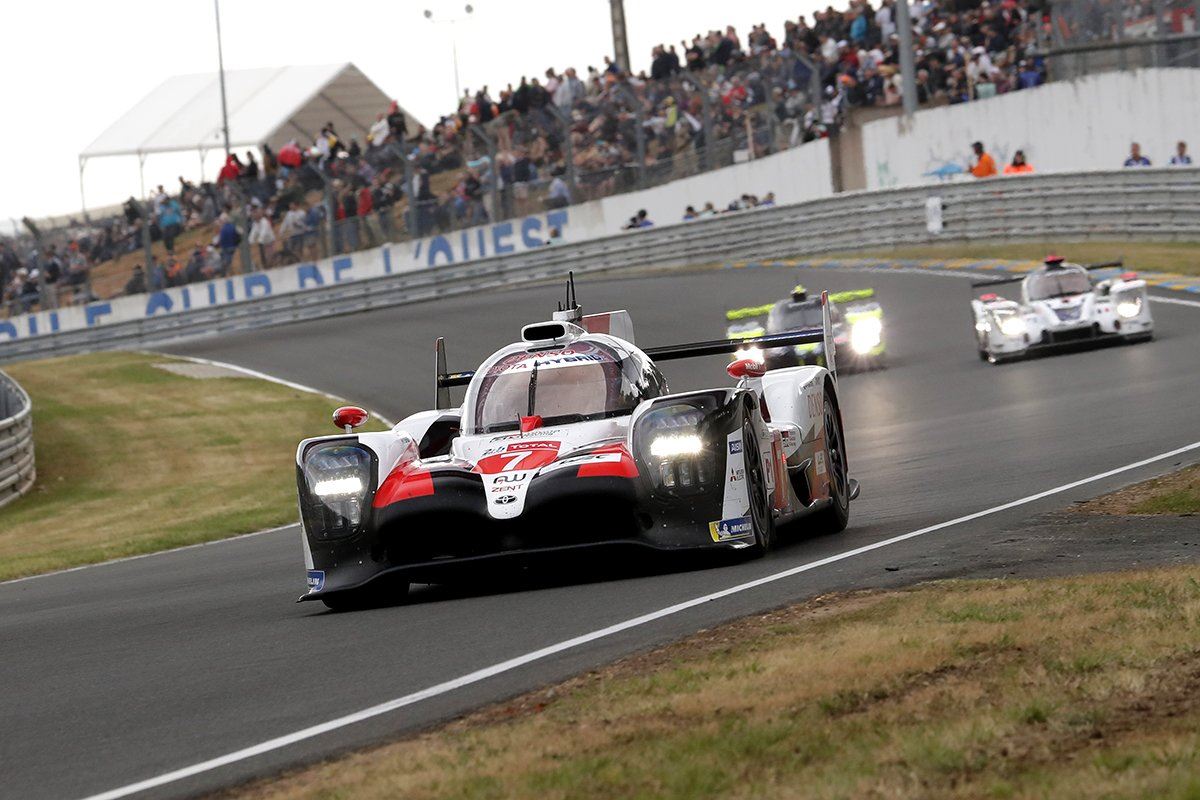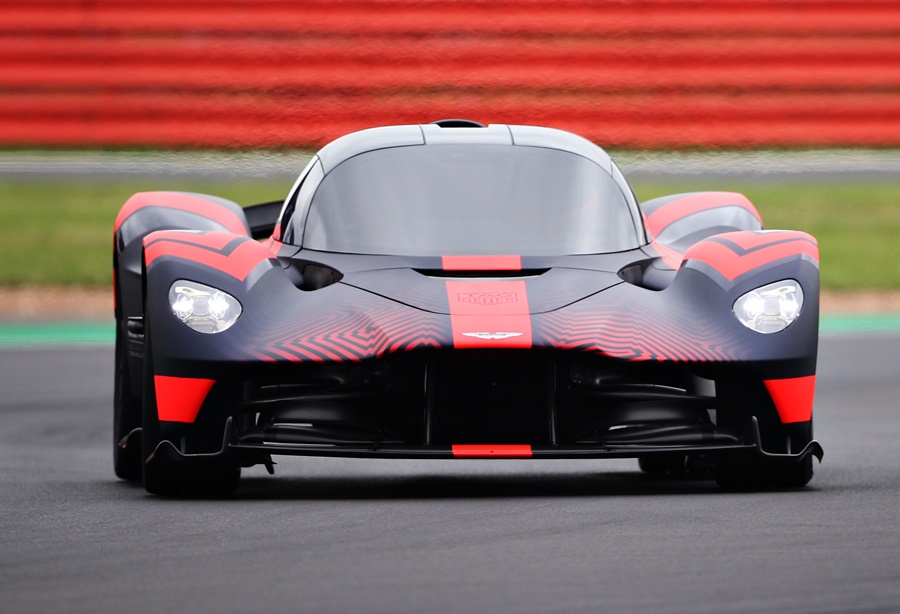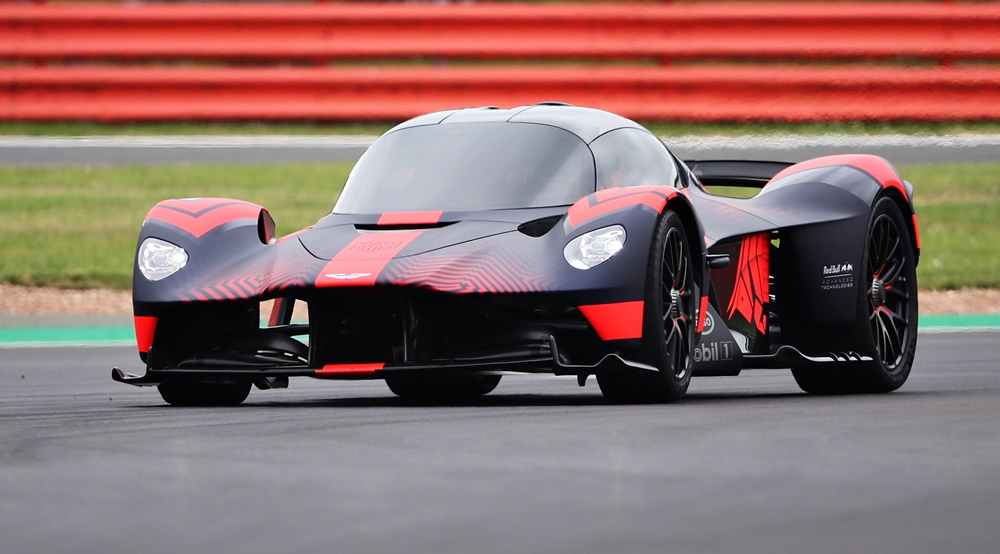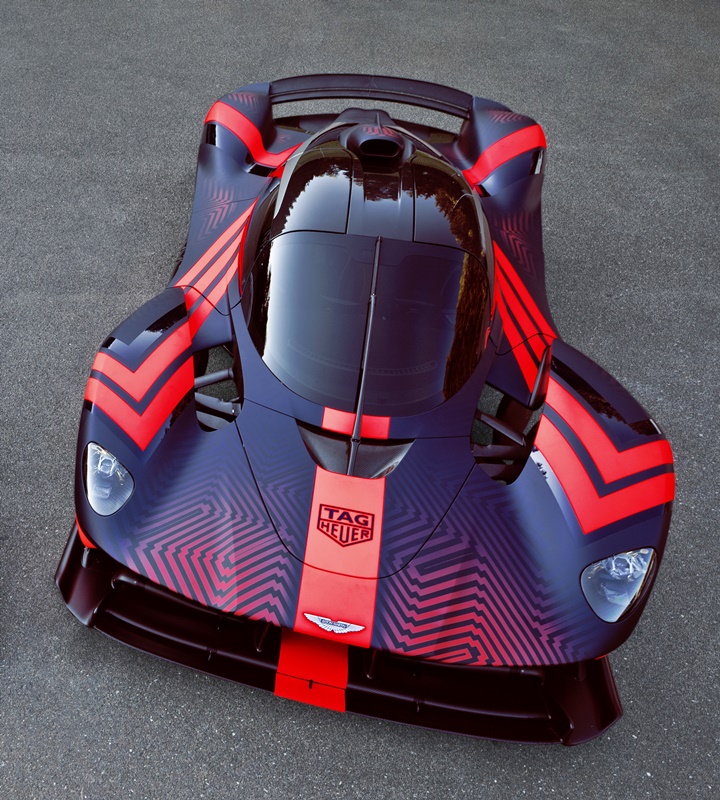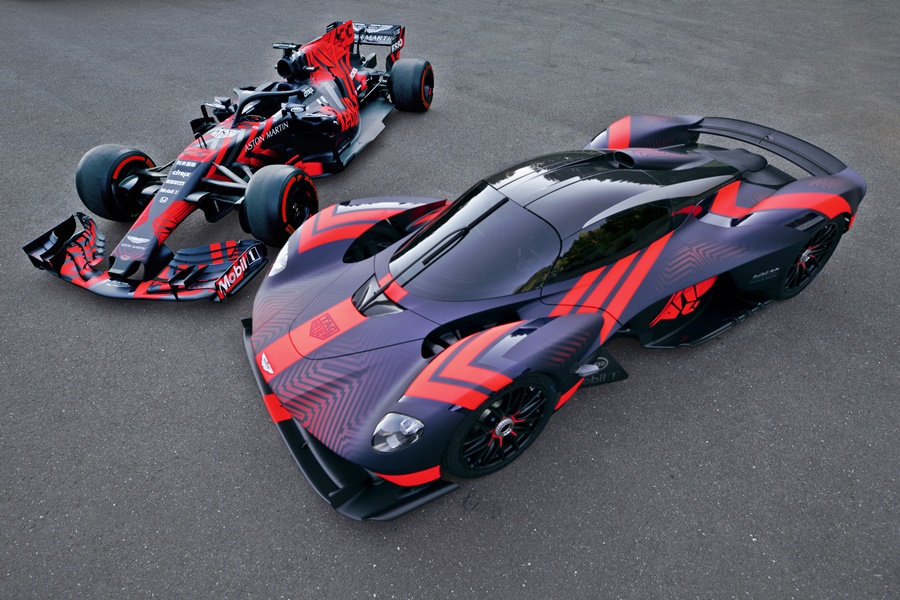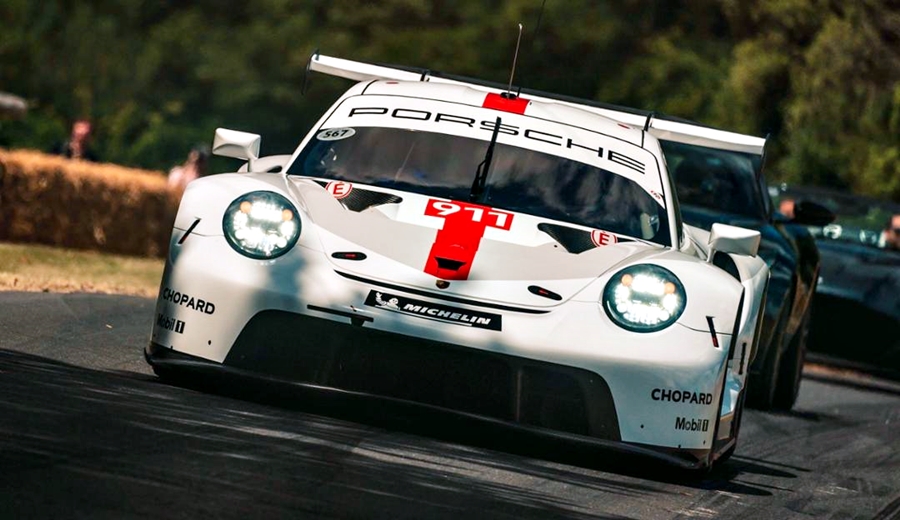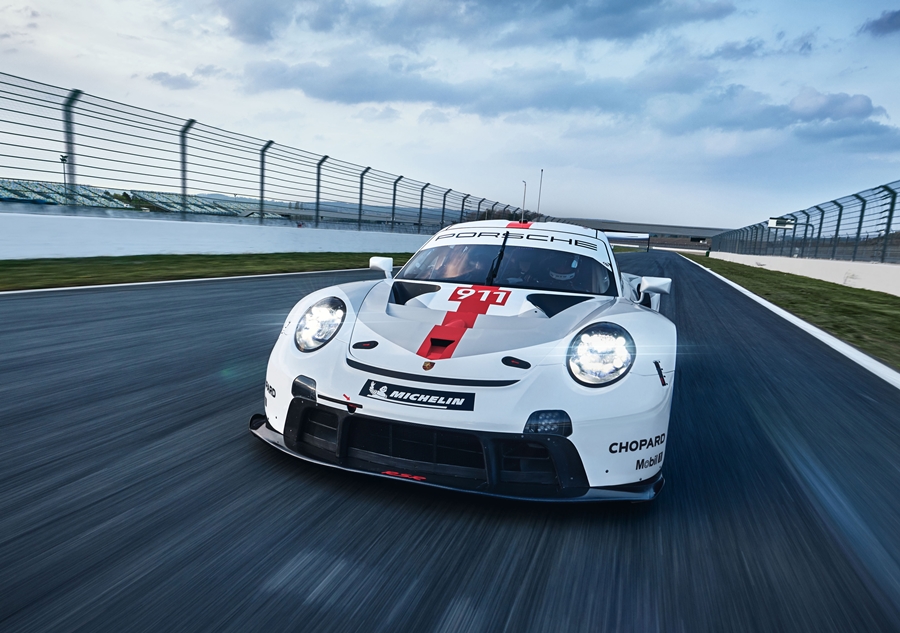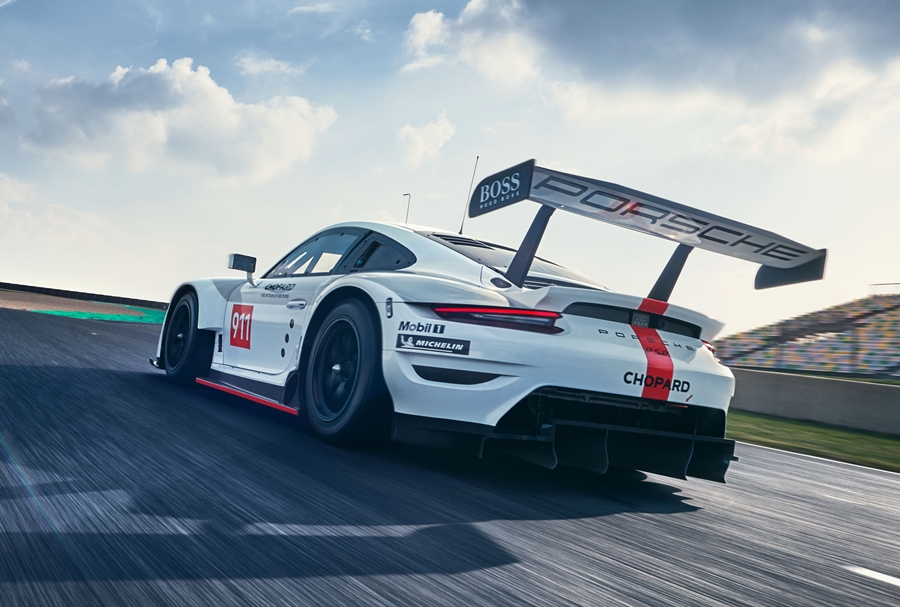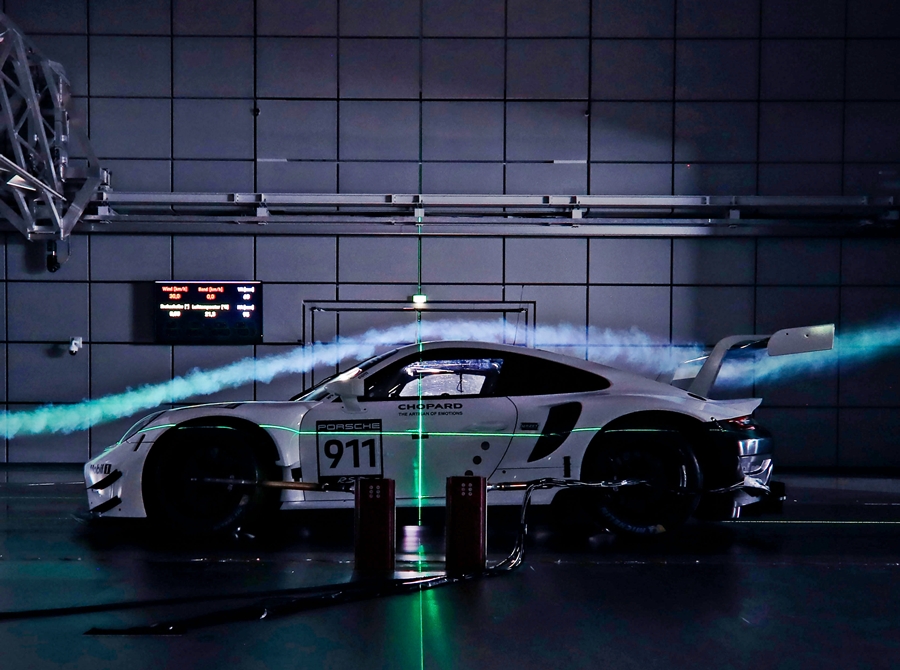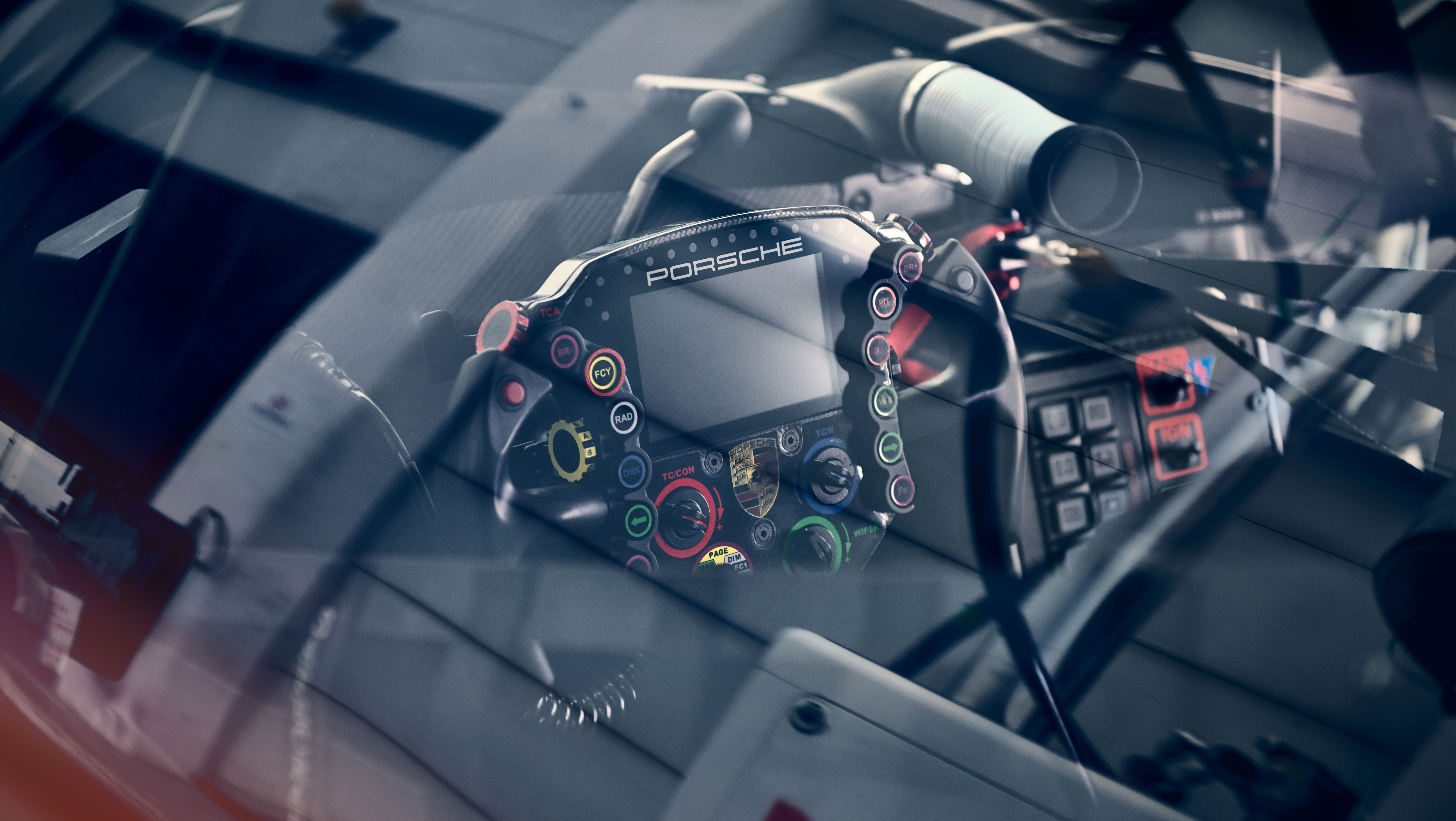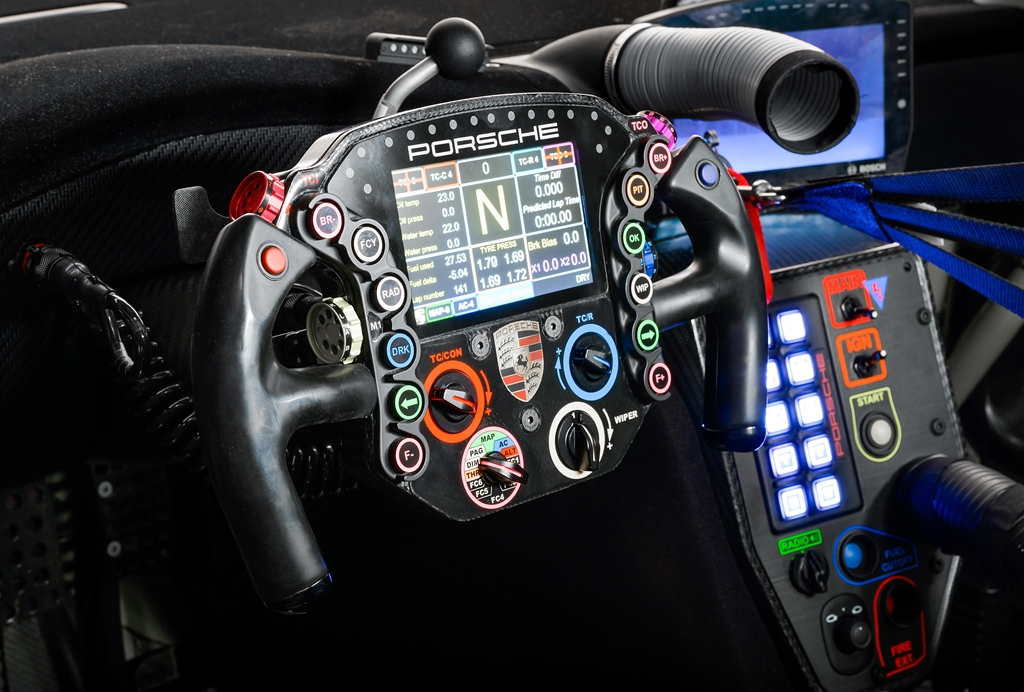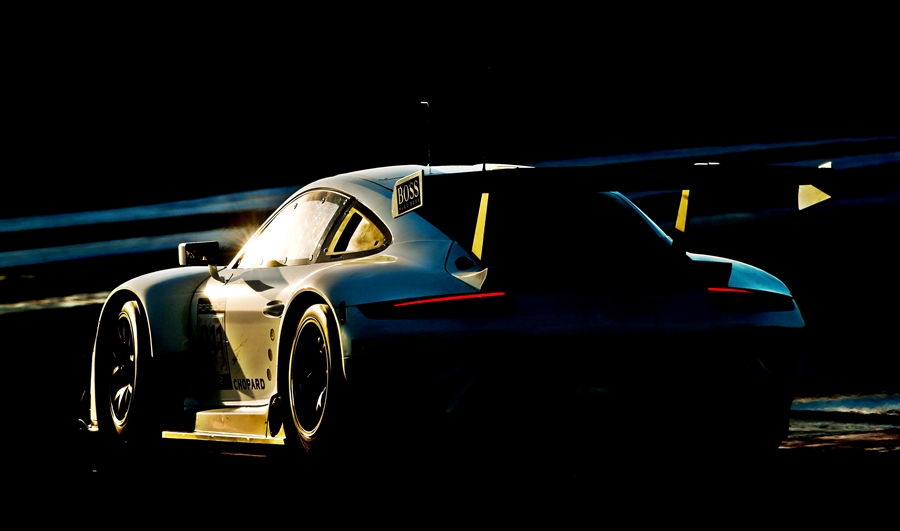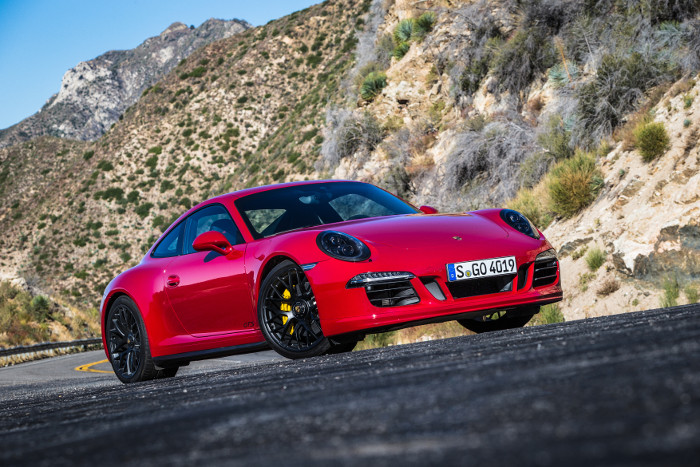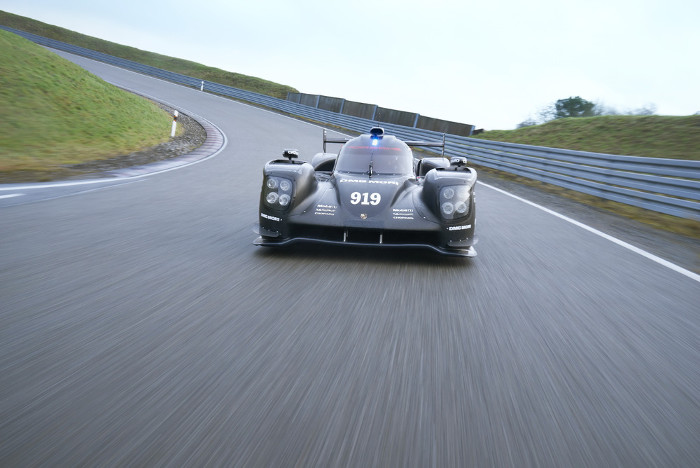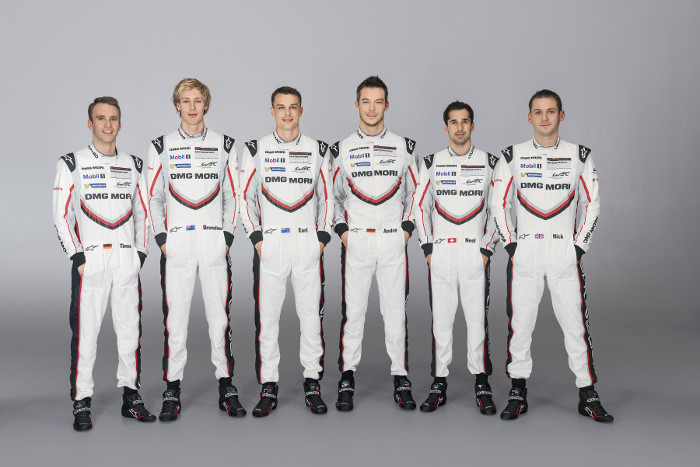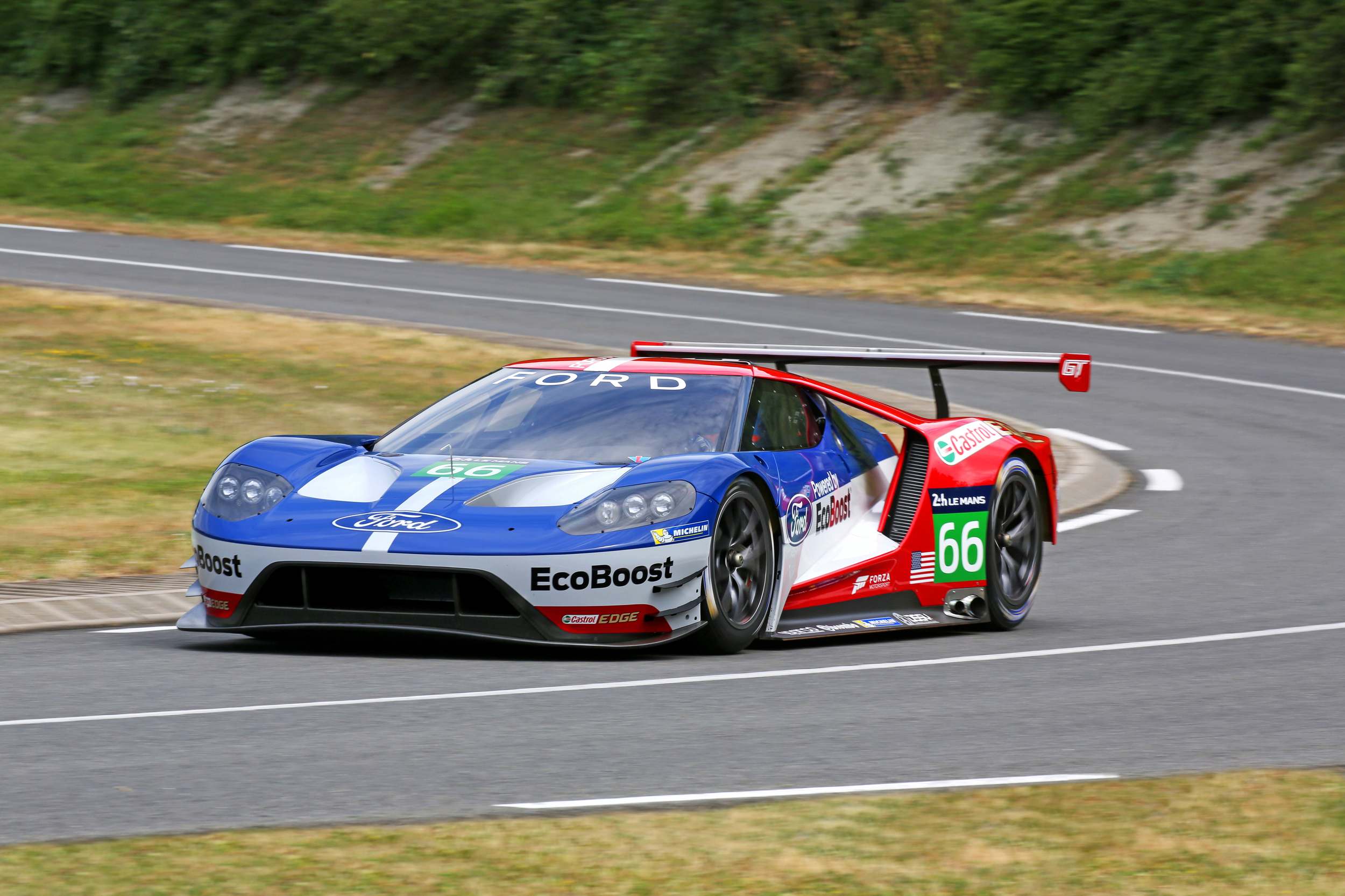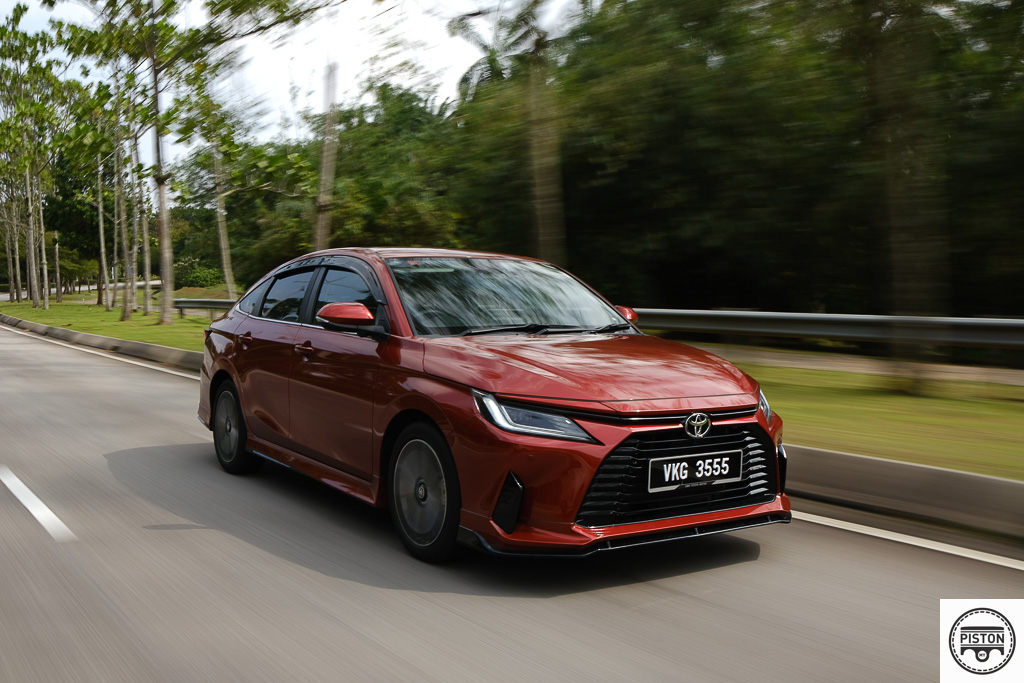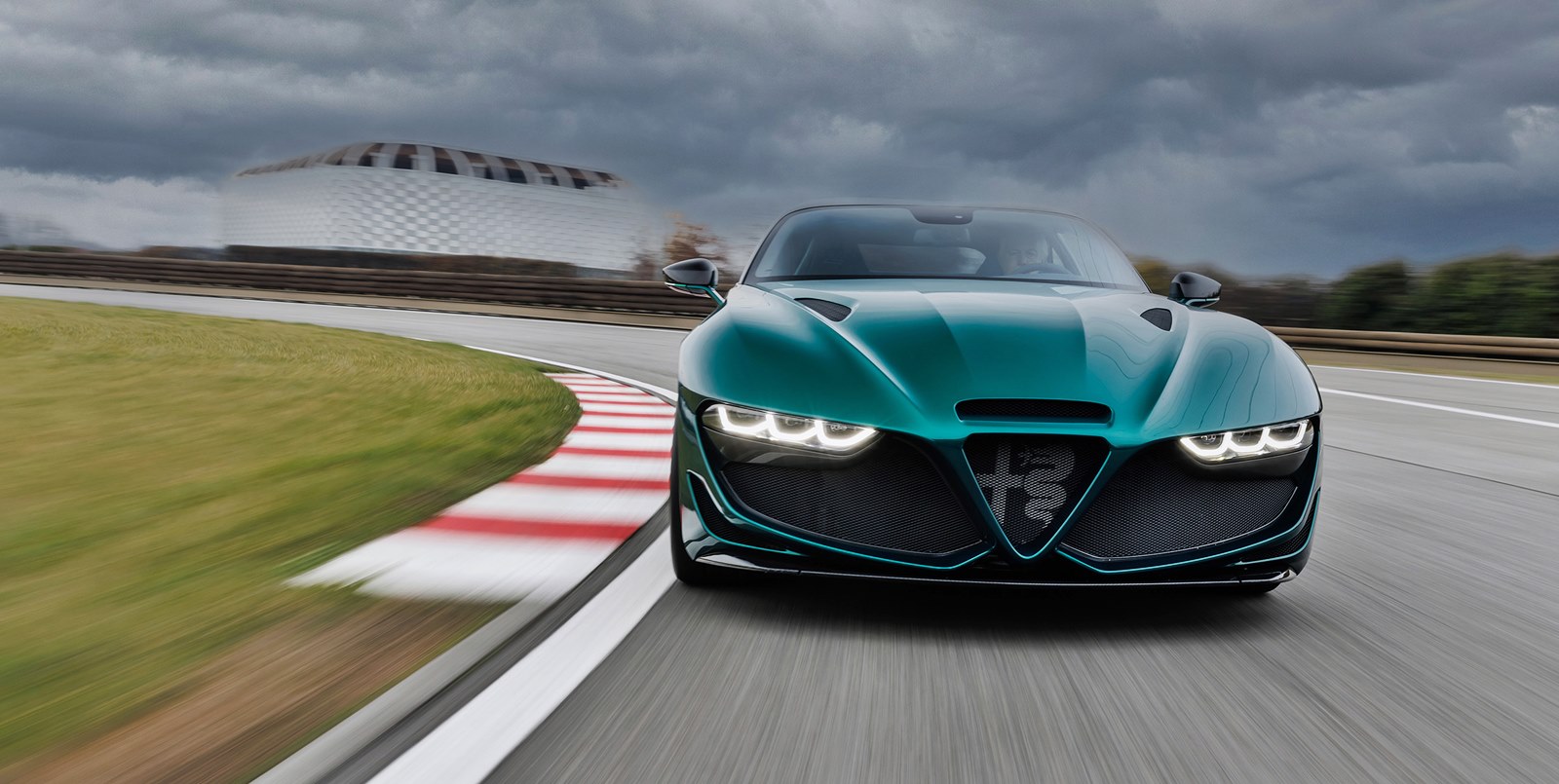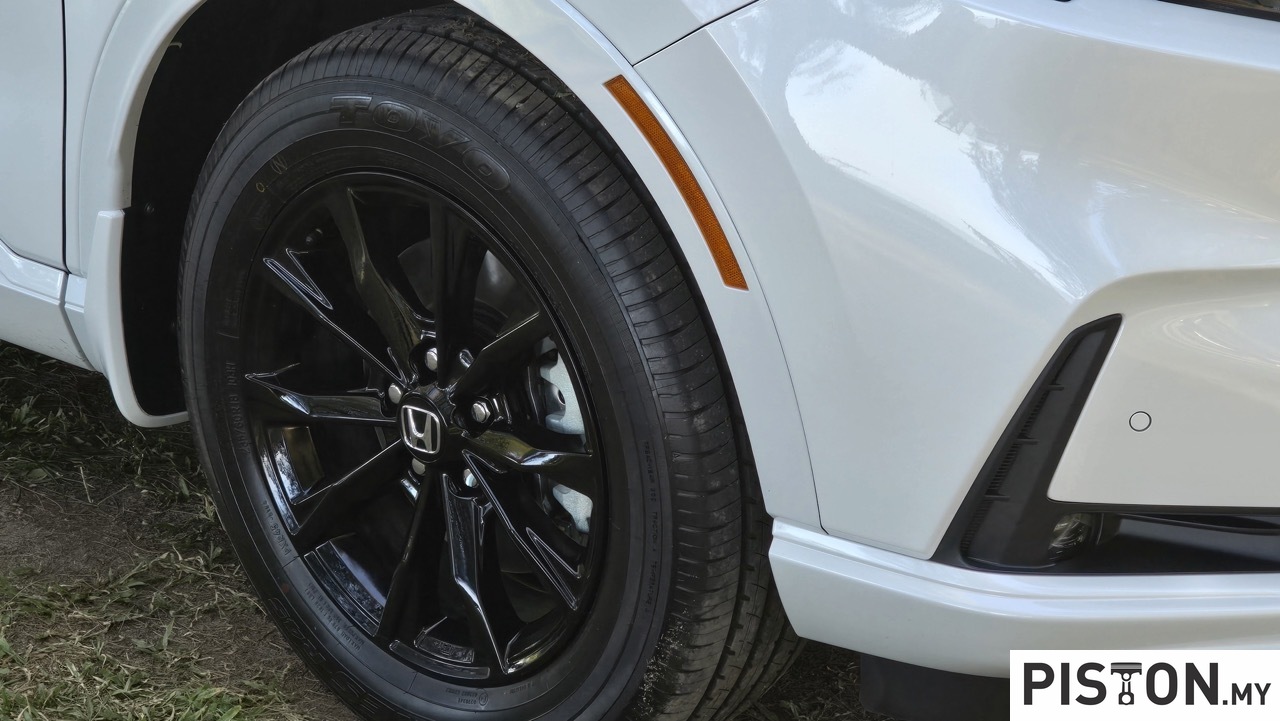Each year, usually around June, thousands of spectators (250,000 in 2019) ring the Circuit de la Sarthe in France to watch the classic 24 Hours of Le Mans race. This year – for the first time since the first race was held in 1923 – there won’t be the carnival atmosphere at the 88th edition of one of the best known events in the motorsport calendar.
Surge in infections force change
With the ongoing COVID-19 pandemic, permission is being given by governments to run races with strict conditions largely aimed at avoiding spread of the coronavirus. Originally, besides being postponed to September 19 and 20, the event was allowed by health officials to have spectators. However, with a recent surge in infections in France, this was changed and no spectators are allowed. Teams and media must also be at a minimum and follow stringent procedures just like Formula 1.
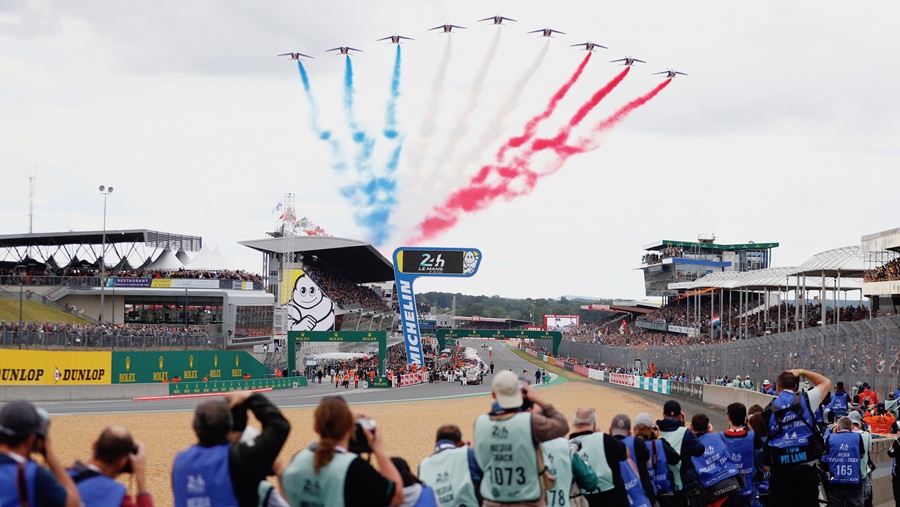
“The 88th 24 Hours of Le Mans will go down in the annals of history as, sadly, the world’s greatest endurance race run this year with no spectators trackside,” said Pierre Fillon, President of the Automobile Club de l’Ouest (ACO).
Health and safety the priority
He explained that even a limit on the number of spectators could not be considered as health and safety are the highest priority. “Given the constraints involved in organizing a festival-scale event over several days in the current situation, we have opted with the local government authorities to hold the race behind closed doors,” Fillon said.
“Fans will not miss out altogether,” he assured. “They may not be at Le Mans but our media teams and service providers will bring Le Mans to them! Thanks to the new digital platform, they will gain an exclusive insight of what goes on behind the scenes at the 24 Hours of Le Mans.”
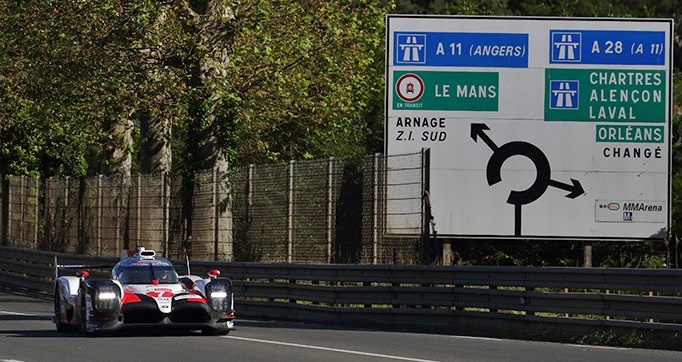
The second last round of the 2019/2020 FIA World Endurance Championship (WEC) will have 62 teams taking part. There will be 4 free practice sessions, qualifying, the Hyperpole session and a warm-up, culminating with the 24-hour endurance race on the 13.6-km course.
Last year, the starting time of the 2020 race was changed to 4 pm on Saturday, one hour later than usual. However, in replanning the whole event program this year, the race itself will start at 2:30 pm on Saturday.
7 races for this season
The championship season began with the 4 Hours of Silverstone in September 2019 and races were run in Japan, China, Bahrain, and the USA (Texas). There was also a second race to be held in the USA at Sebring but this was cancelled due to the pandemic.
Before Le Mans, there will be a 6-hour race at Spa-Francorchamps in Belgium on August 15. The final round will be the 8 Hours of Bahrain scheduled for November 21.
Looking ahead
The 2020/2021 WEC season will see the brand new Le Mans Hypercar category in place of the LMP1 category. Assuming the pandemic diminishes and countries are less restrictive, there are 8 races (ranging from 6 hours to 24 hours) scheduled to be run in Europe, Asia, Middle East, Africa and the USA. Two new venues – Monza in Italy and Kyalami in South Africa will be on the calendar.


